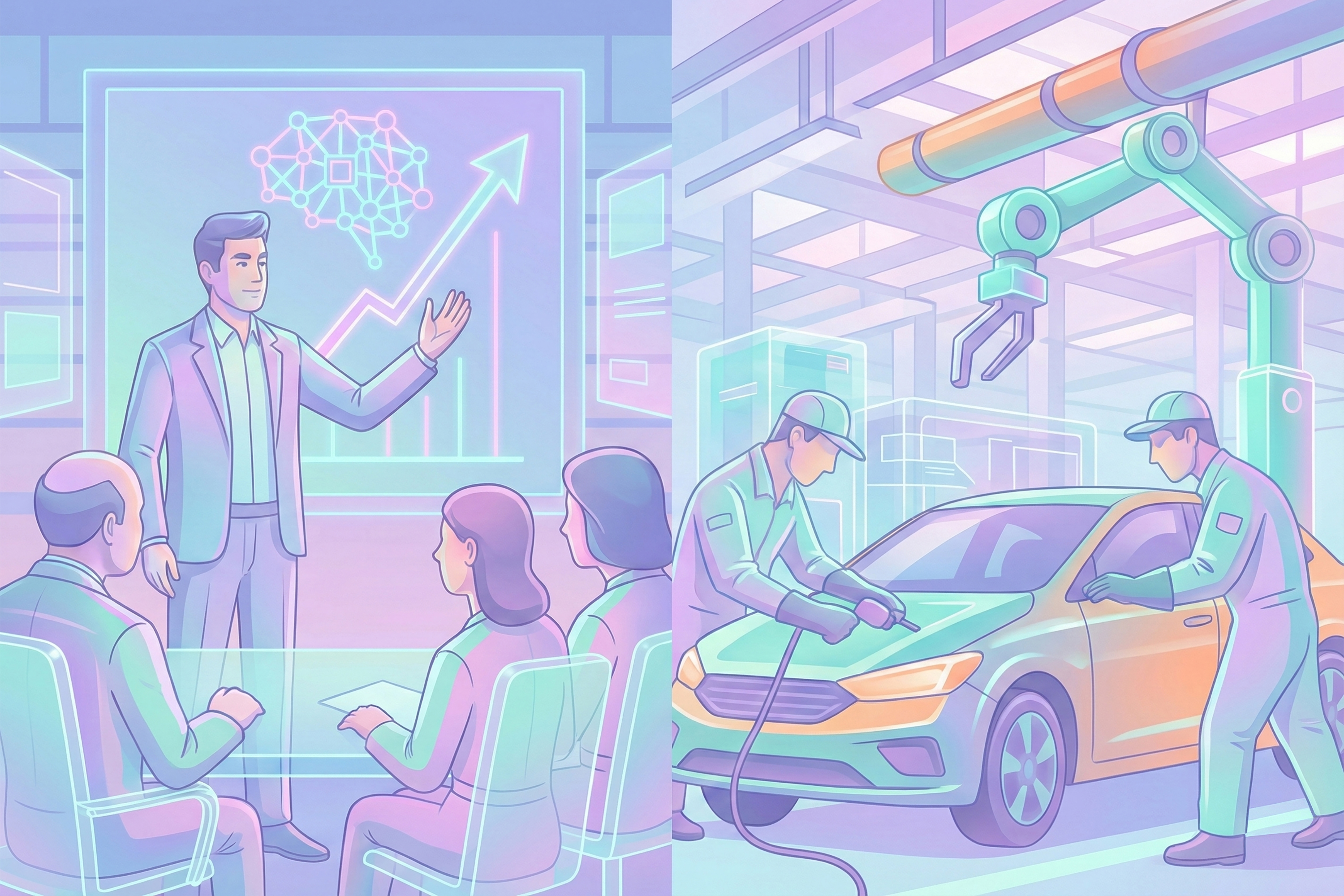
“Uber, the world’s largest taxi company, owns no vehicles. Airbnb, the world’s largest accommodation provider, owns no real estate.” Four years ago, TechCrunch used these words to illustrate the success of online platforms that did not have a stake in physical assets. However, these same online platforms are now increasingly becoming physical.
Presumably, one of the main advantages of online platforms is that they are not burdened by responsibility over physical assets, but instead leverage the assets of their users through the network effects of their digital open marketplace. This dynamic did enable companies initially to scale quickly by orchestrating aggregated value units (e.g. apartments, cars, content) while not having to deal with large upfront investments, production logistics, local regulations and maintenance. Consequently, many thought that the pure digital play was the way to go. However, many of these platforms now increasingly invest in physical assets and newcomers rely on a more hybrid approach as well. Whether it be through the investment in real estate, production of proprietary content, production of consumer electronic devices or by simply hiring employees, the general trend is that these marketplaces are increasingly investing in proprietary physical value units instead of purely residing in the virtual core of the platform. There seem to be several reasons for this trend. Firstly, although these platforms were initially able to grow explosively by simply introducing a platform business model to their domain, now that these platforms are established, further optimizations that are specific to the business are needed. These optimizations include gaining influence over legislators by creating win-wins with local players with clout (e.g. Airbnb partnering with local real estate developers), competition with physical incumbent competitors (e.g. Amazon vs Walmart) and adding scarcity and unicity to value propositions which otherwise could easily be reproduced by the competition (e.g. Netflix investing in content production). Secondly, the tight integration of hardware and software will give these services more control over the user experience while at the same time creating further lock-in of the user. Thirdly, platforms want to gain a foothold in future customer IoT interfaces to secure potential data streams and service distribution points (e.g. Alexa homes). As described in a previous note, some digital platforms are driven towards hardware production in order to maintain their strategic position in the layer of the interface and the technology stack at large. Lastly, there is the long-term risk of platforms becoming more and more decentralized. With the ongoing development of decentralized systems, multi-sided platforms could in the long-term face an existential crisis as most of their functionalities could practically become a utility. As a result, the value within future online networks will increasingly reside at the edge instead of the center. Going forward, to anticipate the future we could take some inspiration from the development of personal computing. In this industry, software companies have long competed with software-hardware integrators. For instance, Microsoft and Google succeeded in the past by licensing their software platforms to many different hardware platforms, whereas Apple’s success largely came from its tailored integration of hardware and software as illustrated by their current smartphone business. Similarly, we have witnessed a paradigm in which where service platforms were able to scale from its physical substrate for the purpose of scale, whereas now platforms will specifically look for an edge by means of the physical. However, the question is to what extent the latter will gain full dominance, or that it will follow the analogy with software platforms in which the two paradigms continuously co-exist in a dynamic equilibrium.

